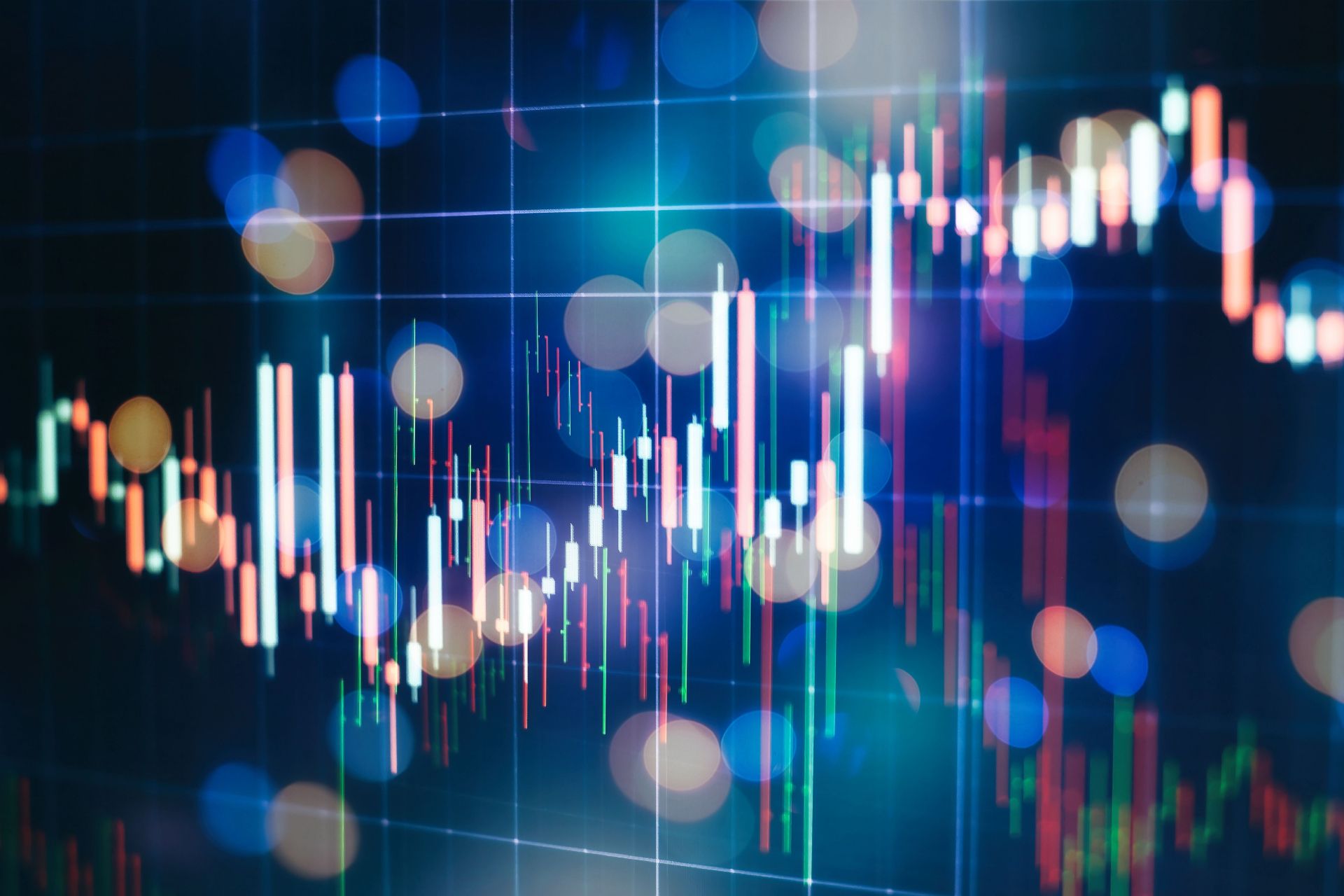The first quarter of 2020 witnessed an unexpected shock that unsettled markets around the world and abruptly ended a 10-year, record-long expansion. The second quarter presented an almost unexpected V-shaped recovery, fuelled by extreme forms of governmental support through fiscal and monetary measures and progress in containing the spread of the Covid-19 pandemic.
Emerging markets (EMs) followed markets in the United States through this journey, weathering the pandemic storm better than our initial expectations.
The outlook for EMs in the second half of 2020 rests primarily on the trajectory of monetary and fiscal spending by the G3 – Germany, the US, and Japan – and their own progress in implementing return-to-work strategies. While risks are plenty, including those of a geopolitical nature with Sino-US ties touching new lows, EMs should outperform developed markets (DMs) if EM growth and profitability recover as we expect.
Younger, faster-growing populations imply higher potential growth and potentially higher valuations, subject to cyclical conditions. Our proprietary models rank EMs more favourably than DMs based on population growth and demographics.
Further, years of strong growth have made EMs significantly larger than DMs in terms of their contributions to purchasing power parity-based global GDP. Based on estimates from the International Monetary Fund and Principal Global Asset Allocation , EMs will contribute 60% to global GDP this year versus 50% in 2007 (pre-global financial crisis period). Revenue growth for EM equities has exceeded that for DMs by an average of 6% annually since 2003. While the asset class delivered sub-par returns over the last decade, cyclical metrics are aligning for a better showing in the years ahead.
Back in 2007, when the last EM bull run ended, EMs were a warrant on Chinese and DM growth that played out primarily through deep cyclicals in areas such as energy, materials, industrials, and financials. Today, technology (chips, software, hardware, platforms, and online) and domestic consumption themes (discretionary and health care) are dominant, reducing EM cyclicality to tradable goods such as commodities. Their share has risen to 52% within the MSCI EM Index compared with 28% in 2007, magnifying the importance of domestic consumption.
Global and EM financial conditions have eased significantly – propped up by unprecedented monetary easing by central banks – and easier financial conditions should encourage carry trades into EMs.
We expect inflation to move higher over the next couple of years, riding deeply negative policy rates in developed economies and continued fiscal spending. Historically, recovering inflation has caused EMs to do well, both in absolute terms and relative to DMs.
Valuations are also attractive for EMs relative to DMs. In equities, at the end of June 2020 and based on price/next 12-month earnings, EM valuations were cheaper only 25% of the time going back to 2003. The potential for Democratic control of the three US chambers is likely to result in an increase in corporate taxes, which will likely reduce the attractiveness of US assets – the biggest winners of the last decade – and bring EMs back into the spotlight.
The EM-DM underperformance over the past decade reflects the declining return on equity (ROE) differentials between EMs and DMs, due to lower commodity prices, lower asset turns, and deleveraging by Chinese firms. However, we seem to be past that, and the surge in higher ROE businesses (the new economy stocks) should start pulling up EM ROEs, which bodes well for their relative performance.
Lastly, several EM currencies have cheapened versus the dollar, which bodes well for investment returns from investing into EM markets in an environment of very low US dollar bond yields. Historically, periods of dollar weakness have coincided with strong returns from EM assets.
Our optimistic outlook for EMs is not without limits. There are threats to the EM story. Chief among these is the potential Covid-19 resurgence. Given limited policy room to pump stimulus in most EMs, a protraction of Covid-19 closures would be deeply negative for EM growth, hitting domestic consumption hard, causing bankruptcies to spiral, and damaging EM earnings recovery. Additionally, the social stress caused by Covid-19 could manifest itself through bouts of unrest, further dampening the recovery.
Deglobalization is indeed a risk for EMs, many of which are key components in the global supply chain. One way to insulate from a possible wave of deglobalization is to build core exposures in markets driven primarily by domestic consumption with favourable demographics (i.e., China, India, Indonesia) mixed with exposures to countries that could benefit from a reorganization of the supply chains (i.e., India, Mexico). Regarding favourable policy-driven domestic sectors, focus areas for investment include 5G infrastructure, data centres, electric vehicle charging stations (piles), artificial intelligence, ultra-high voltage, and industrial internet of things . As the world continues to cope with Covid-19, health care is another sector that investors should focus on, with demand for healthcare equipment and medicine growing dramatically since the first quarter of 2020.
As we approach elections in the US, trade skirmishes could also undermine the outlook for EM assets. It’s possible that politicians may sing even more nationalistic tunes than they have in recent years to win over domestic voters who want to see the reshoring of industries to bolster local job creation.
Nonetheless, we remain cautiously optimistic towards EMs and believe that, while the short-term may be uncertain, the structural case for long-term investing remains solid as ever. That said, investors must adapt to a new global economic cycle in a post-pandemic world. It requires adjusting one’s lens to a new definition of opportunity and diversification, recognizing that these unique markets can’t be treated as homogenous, which will demand more sophisticated asset allocation strategies.
Binay Chandgothia is managing director and portfolio manager for Principal Global Asset Allocation.









